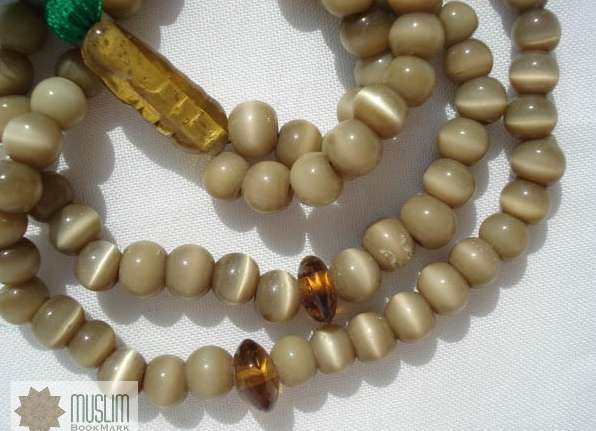FWP:
SETS == SYMMETRY
ISLAMIC: {10,2}
SMILE/LAUGHTER: {27,4}
Here's a classic verse of 'symmetry', with two readings of the striking second line, each of which works elegantly, though of course differently, with the first line. Does the ;xandah here refer to a 'laugh', or a 'smile'? The juxtaposition with the 'clamor, tumult' in the first line may suggest quiet laughter, while the curving necklace of prayer-beads (I'm avoiding the specifically Catholic term 'rosary') can readily be compared to a smile.
In either case, the two main readings generated by the 'symmetry' of the second line work well with both:
=(2a) A small, private smile/laugh has become, to the speaker, the Ascetic's prayer-beads-- because what the Ascetic does with his prayer-beads, the speaker does with his private 'zikr'-embodying smile/laugh. That is, even when smiling/laughing in (the appearance of) joy, he is really engaged in prayer.
=(2b) The Ascetic's prayer-beads have become a small, private laugh/smile to the speaker-- because the thought of the ostentatious outward piety of the Ascetic, who makes a great show of using his prayer-beads, amuses him. Unlike the Ascetic, the speaker can and does remember the Lord even in seemingly distracting or discordant circumstances.
Another ;xandah that is zer-e lab appears in {255x,5}.

Nazm:
The meaning of yaa rab in Persian idiom is that of a cry to the Lord for help, and by the prayer-beads of the Ascetic is meant the hidden 'zikr' that is done very softly on the lips. He says that even in joy I haven't forgotten the clamor of yaa rab ; my hidden smile is as if it's the prayer-beads of the Ascetic. (228)
== Nazm page 228